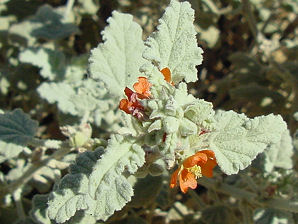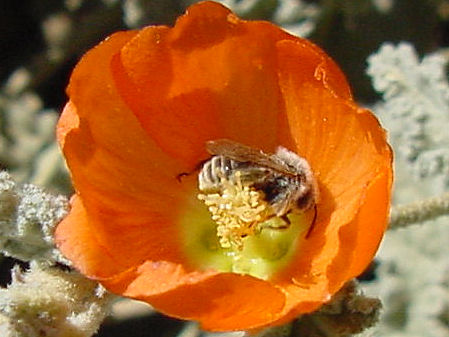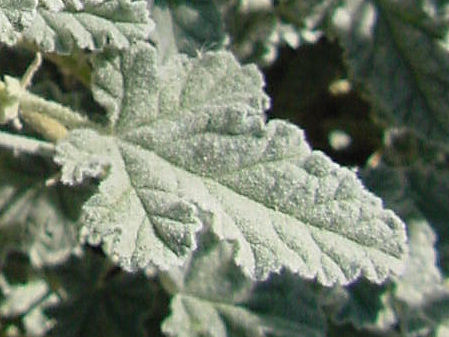Arizona Wild Flowers
Wildflower Pictures, Photos, Images
Descriptions, Information, Reviews.
George & Eve Delange
Emory's Globemallow, Sphaeralcea emoryi.
We Are Proud Of Our SafeSurf Rating!
Click On Any Of The Following Links By Amazon.Com
For Books, & Videos About Wildflowers Of Arizona & The Southwest USA. No Obligation!
| Emory's Globemallow, Sphaeralcea emoryi. Plant. |
|---|
 | |
| Leaves. Emory's Globemallow, Sphaeralcea emoryi. | Flower. Emory's Globemallow, Sphaeralcea emoryi. |
|---|---|
 |  |
| Flower. Emory's Globemallow, Sphaeralcea emoryi. | Leaf. Emory's Globemallow, Sphaeralcea emoryi. |
Emory's Globemallow.
We wish to thank Wikipedia, the free encyclopedia for some of the information on this page. We share images and information with Wikipedia. A winter annual herb that is usually shorter and less branched than are the perennial species of Sphaeralcea. The star-shaped leaf hairs are an eye irritant to some people. Thus, the common name Sore Eye Poppy or Pink Eye Flower. There are 16 species of Globemallow -- genus Sphaeralcea -- in Arizona. The leaves of these plants are spirally arranged, and usually palmate or toothed. Both stems and leaves are downy. Like other mallows, the flowers are saucer- or cup-shaped, with the stamens joined into a column in the center.
Quick Notes:
Height: Up To 20" - 36" Tall.
Flowers: Bright orange flowers which have 5 petals up to about 1 1/2" in width. They appear in clusters at the upper part of the stems.
Flowering Time: Year - Round, Especially February - April. They reflower from August to frost, in response to the summer rains.
Leaves: Green to gray - green, 3-lobed, scalloped-edged leaves. 0.5-2.5" long, ovate, 3 shallow lobes, scalloped edges. The leaves are alternate and palmately veined. variable, but generally they are arrow-shaped and longer than they are wide.
Seeds: The globe - shaped seedpod, surrounded by the persistent calyx, separates at maturity into 7 to 22 kidneyshaped sections. Each section produces 1 to 3 kidney - shaped seeds about 1/16 inch long, very dark brown.
Found: Found throughout lower elevations in Arizona. Very common in the Phoenix and Tucson areas.
Hardiness:
Soil pH requirements:
Sun Exposure:
Elevation: 0 - 3,500 Feet.
Habitat: Statewide in Arizona - Hillsides, Roadsides, Flats, Sandy Plains. In towns they are largely confined to roadsides, borders of cultivated lands, fields, sidewalks, vacant lots, and drainage areas..
Miscellaneous: Flowering Photos Taken October 13, 2005 near Lake Pleasant.
|
We Are Proud Of Our SafeSurf Rating!
Click On Any Of The Following Links By Amazon.Com
For Books, & Videos About Wildflowers Of Arizona & The Southwest USA. No Obligation!
| © 1966 - Present, Audrey, Eve, & George DeLange |
